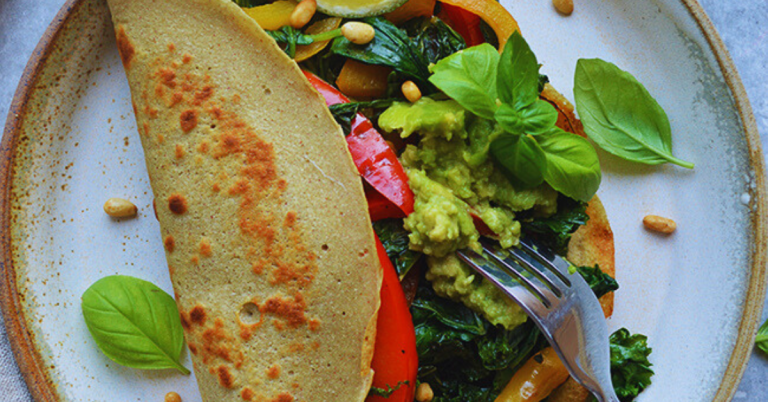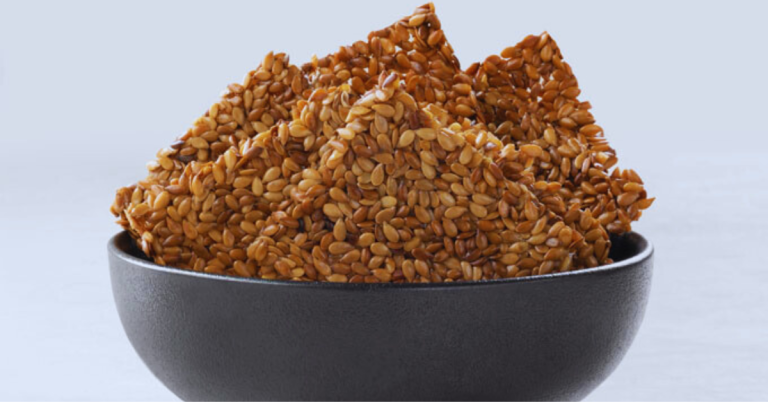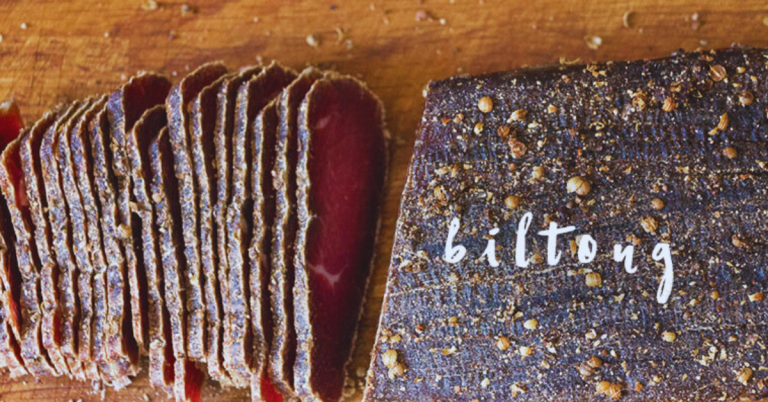Soboro Bread Recipe
A soboro bread recipe makes a soft milk bread topped with a sweet, crumbly peanut streusel. Prepare bread dough with flour, milk, yeast, sugar, butter, and eggs. Mix peanut powder, sugar, and butter for the topping, sprinkle over risen dough, and bake at 350°F (175°C) for 15–20 minutes.
Ingredients
The ingredients for soboro bread are simple yet essential for that perfect balance of sweetness and crunch. Make sure to gather all items before you begin to ensure a smooth baking process. Here is what you need:
- 2 cups all-purpose flour
- 1/2 cup granulated sugar
- 1 packet (7 g) active dry yeast
- 1 large egg, beaten
- 3/4 cup warm milk
- 1/2 cup unsalted butter, softened
- 1/4 teaspoon salt
- 1/2 teaspoon baking powder
- 1/2 cup streusel topping (butter, sugar, and flour mixed)
General Information
Here’s some general information about making soboro bread. Understanding these details will help you plan your baking and set your expectations. This includes preparation and cooking times, making difficulty, and more.
| Category | Details |
|---|---|
| Making Difficulty | Moderate |
| Preparation Time | 30 minutes |
| Cooking Time | 25 minutes |
| Serving Size | 6 |
| Meal Type | Dessert or Snack |
Instructions
Follow these step-by-step instructions to make delicious soboro bread. Each step is broken down to guide you through the process smoothly. Ensure you have all ingredients ready before starting.
Step 1: Mix Dry Ingredients
Start by combining the all-purpose flour, granulated sugar, yeast, salt, and baking powder in a large mixing bowl. Use a whisk to mix them well. This ensures that all dry components are evenly distributed.
It’s important to sift the flour to avoid lumps. Properly mixed dry ingredients provide a uniform texture for your bread.
Step 2: Blend Wet Ingredients
In another bowl, mix the warm milk and beaten egg. Ensure the milk is warm but not hot to activate the yeast correctly. Add the softened butter to the mixture and stir until it is well combined.
The wet ingredients should be blended smoothly, as this helps in achieving a soft dough. Make sure the butter is at room temperature for easy mixing.
Step 3: Combine Mixtures
Pour the wet mixture into the bowl of dry ingredients. Use a wooden spoon or spatula to combine them until you form a dough. The dough should be slightly sticky but manageable.
If the dough feels too dry, you can add a little more milk. Continue mixing until there are no dry spots left in the bowl.
Step 4: Knead the Dough
Turn the dough onto a floured surface and start kneading. Knead for about 10 minutes until the dough is smooth and elastic. If needed, sprinkle a little flour to keep the dough from sticking to your hands.
Kneading is crucial as it develops the gluten in the flour, giving the bread its structure. Make sure not to over-flour the dough, as it can become tough.
Step 5: Let the Dough Rise
Place the kneaded dough in a greased bowl and cover it with a clean cloth. Let it rise in a warm, draft-free area for about 1 hour, or until doubled in size. This process allows the dough to develop flavor and texture.
Make sure to check the dough after an hour. If it hasn’t doubled in size, give it a bit more time to rise.
Step 6: Shape and Add Toppings
Once the dough has risen, punch it down to release the air. Divide the dough into small balls and place them on a baking tray. Sprinkle the streusel topping evenly over each dough ball.
This crumbly topping adds the classic soboro bread texture. Ensure the topping sticks well to the dough balls.
Step 7: Bake the Bread
Preheat your oven to 350°F (175°C). Place the tray in the oven and bake for 20-25 minutes, or until the bread is golden brown. Keep an eye on the bread to prevent over-browning.
Once baked, remove the bread from the oven and let it cool on a wire rack. Enjoy your freshly baked soboro bread with a warm drink!
Important Things to Keep in Mind
When making soboro bread, it’s essential to pay attention to the temperature of your ingredients. Yeast requires a warm environment to activate, typically around 110°F (43°C). Too hot, and you’ll kill the yeast; too cold, and it won’t activate.
Consistency is key when preparing the streusel topping. It should be crumbly, not doughy. Use your fingertips to mix the butter into the flour and sugar until you achieve the right texture.
Allow your dough ample time to rise. Rushing this process can result in a dense, unappealing bread. A proper rise contributes to the bread’s airy, soft texture. Find a warm, draft-free spot in your kitchen for this step.
Be mindful of your oven. Oven temperatures can vary, so keep an eye on your bread as it bakes. If you notice the bread browning too quickly, you might want to reduce the temperature slightly or cover it with foil.
Finally, let your soboro bread cool completely before serving. This allows the flavors to meld and the structure to set. While it’s tempting to dig in right away, patience will reward you with a more delectable treat.
Tips for Perfect Soboro Bread
Making soboro bread can be a rewarding experience if you follow some key tips. These tips will help you achieve the perfect texture and flavor in your bread. Here are some expert suggestions to guide you:
Use Fresh Ingredients
Always start with fresh ingredients, especially yeast. Fresh yeast ensures that your dough will rise properly, giving your bread the right texture. Check the expiration dates on your packages before you begin.
Additionally, using high-quality butter and milk can significantly enhance the flavor of your soboro bread. Fresh ingredients contribute to a better tasting final product. Don’t skimp on quality.
Proper Dough Handling
When kneading the dough, be gentle but thorough. Over-kneading can make the bread tough, while under-kneading can prevent the dough from developing enough gluten. Aim for a smooth, elastic dough.
After kneading, let the dough rest and rise in a warm place. Avoid drafts and sudden temperature changes. This resting period is crucial for the dough’s texture and flavor development.
Perfect Streusel Topping
The streusel topping is what sets soboro bread apart. Make sure the butter is cold when you mix it with the flour and sugar. This creates the desired crumbly texture.
Distribute the streusel evenly over the dough balls before baking. Press lightly to ensure it sticks well. A good streusel topping adds a delightful crunch to every bite.
Baking Techniques
Preheat your oven to the correct temperature before putting in the bread. This ensures even baking and a good rise. Consistent oven temperature is key to achieving a golden crust.
Monitor the bread as it bakes. If you notice uneven browning, rotate the baking tray halfway through. Keep an eye on the bread to prevent overcooking and ensure a perfect finish.
Frequently Asked Questions
Delving into the particulars of making soboro bread, experts often seek deeper insights into the nuances of the recipe. Here are some of the most common questions asked, along with detailed answers to elevate your baking experience.
1. What is the ideal temperature for activating yeast?
Activating yeast at the right temperature is crucial for the success of your bread. The ideal temperature range is between 105°F to 110°F (40°C to 43°C). If the water is too hot, it can kill the yeast, halting the rising process.
Using a thermometer can help ensure accuracy. Warm, not boiling, water should feel comfortable to touch, similar to the temperature of a warm bath.
2. How can I ensure my streusel topping is perfectly crumbly?
The streusel topping should be crumbly but cohesive enough to stay on the bread. Use cold butter cut into small pieces and mix it with your fingers until you have pea-sized crumbs. This method prevents the topping from becoming too doughy.
Over-mixing can lead to a paste-like consistency, which is not desirable. Aim for a texture that evenly distributes the crunch and sweetness across the surface.
3. What are the common mistakes to avoid while making soboro bread?
One common mistake is not allowing the dough enough time to rise. The dough needs to double in size for the best texture and flavor development. Skipping or shortening this step can result in dense bread.
Another mistake is using too much flour while kneading. This can make the bread tough. Instead, lightly flour your hands and the surface to prevent sticking without overloading the dough.
4. Can I modify the soboro bread recipe to make it healthier?
Yes, you can make some adjustments to create a healthier version. Consider using whole wheat flour instead of all-purpose flour for added fiber. However, this might change the texture slightly.
Additionally, you can reduce the amount of sugar in the dough and topping. Opt for natural sweeteners like honey or maple syrup to cut down on refined sugars.
5. How do I store soboro bread to maintain its freshness?
Storing soboro bread properly ensures it stays fresh for longer. Once cooled, place the bread in an airtight container or plastic wrap. This prevents it from drying out.
If you don’t plan to eat it within a few days, consider freezing it. Wrap the bread in plastic wrap and then in aluminum foil. It can be stored in the freezer for up to two months. When ready to eat, thaw it at room temperature.
Crunchy Soboro Bread 소보로빵
Conclusion
The journey of mastering the soboro bread recipe offers both challenges and rewards. Understanding the key aspects like ingredient freshness, dough handling, and proper rising times can significantly enhance your baking experience. Each tip shared aims to guide you towards creating perfect, delicious bread.
As with any culinary endeavor, practice and attention to detail are vital. By following these expert tips and addressing common questions, you can confidently bake soboro bread that’s both authentic and delightful. Enjoy the process and the delightful results it brings!





